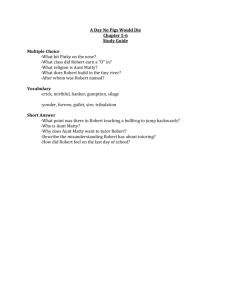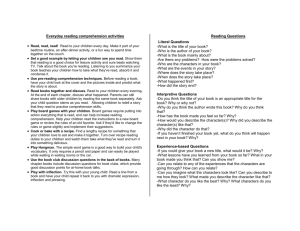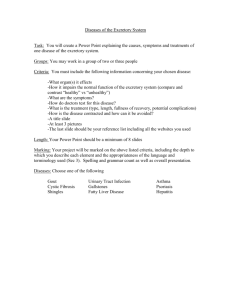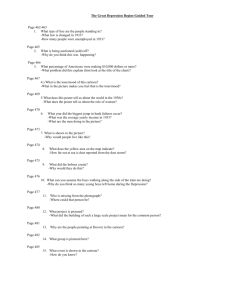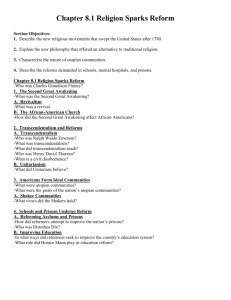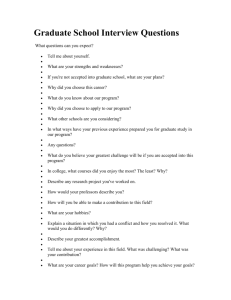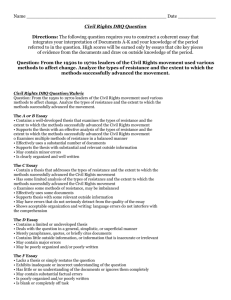Unit VI Study Guide Nationalism and Mass Society
advertisement
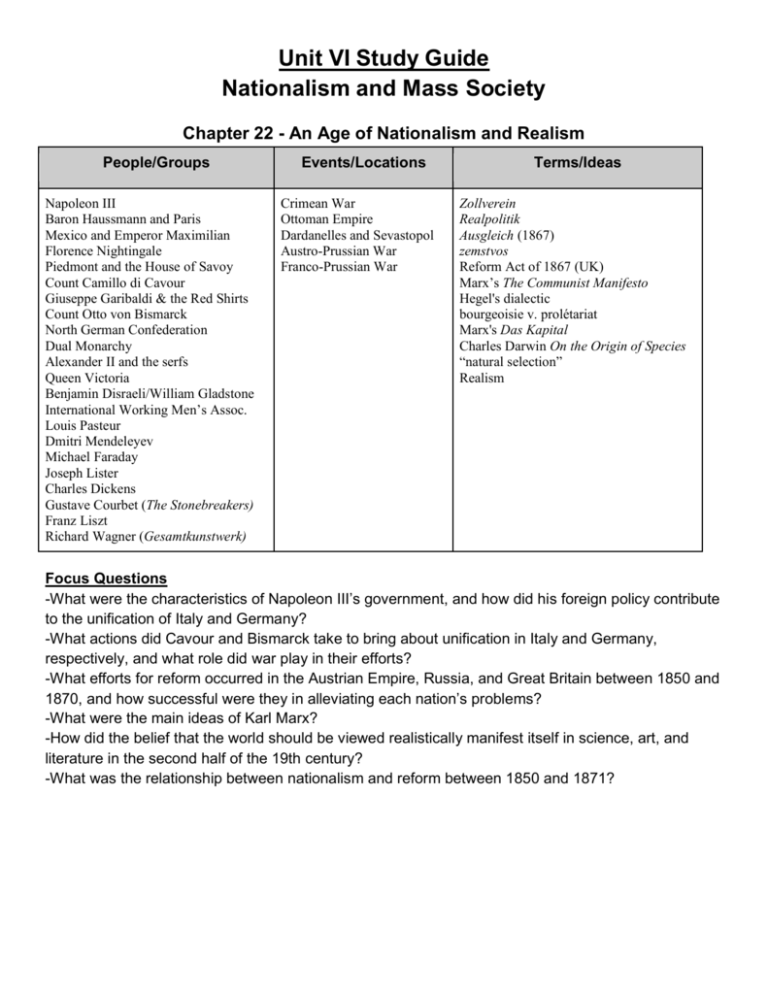
Unit VI Study Guide Nationalism and Mass Society Chapter 22 - An Age of Nationalism and Realism People/Groups Napoleon III Baron Haussmann and Paris Mexico and Emperor Maximilian Florence Nightingale Piedmont and the House of Savoy Count Camillo di Cavour Giuseppe Garibaldi & the Red Shirts Count Otto von Bismarck North German Confederation Dual Monarchy Alexander II and the serfs Queen Victoria Benjamin Disraeli/William Gladstone International Working Men’s Assoc. Louis Pasteur Dmitri Mendeleyev Michael Faraday Joseph Lister Charles Dickens Gustave Courbet (The Stonebreakers) Franz Liszt Richard Wagner (Gesamtkunstwerk) Events/Locations Crimean War Ottoman Empire Dardanelles and Sevastopol Austro-Prussian War Franco-Prussian War Terms/Ideas Zollverein Realpolitik Ausgleich (1867) zemstvos Reform Act of 1867 (UK) Marx’s The Communist Manifesto Hegel's dialectic bourgeoisie v. prolétariat Marx's Das Kapital Charles Darwin On the Origin of Species “natural selection” Realism Focus Questions -What were the characteristics of Napoleon III’s government, and how did his foreign policy contribute to the unification of Italy and Germany? -What actions did Cavour and Bismarck take to bring about unification in Italy and Germany, respectively, and what role did war play in their efforts? -What efforts for reform occurred in the Austrian Empire, Russia, and Great Britain between 1850 and 1870, and how successful were they in alleviating each nation’s problems? -What were the main ideas of Karl Marx? -How did the belief that the world should be viewed realistically manifest itself in science, art, and literature in the second half of the 19th century? -What was the relationship between nationalism and reform between 1850 and 1871? Ch. 23 – Mass Society in an “Age of Progress” People/Groups Events/Locations Terms/Ideas Thomas Edison/Joseph Swan Graham Bell Guglielmo Marconi Gottlieb Daimler/Henry Ford Wilbur and Orville Wright Wilhelm Liebknecht/August Bebel Social Democratic Party plutocrats Aletta Jacob and "family planning" Boy Scouts the Football Association the Commune in Paris the Reichstag William II (Prussia) Alexander III/Nicholas II Public Health Act of 1875 Reform Act of 1884 France's Third Republic internal combustion engine tariffs cartels the assembly line economic depression white-collar jobs evolutionary socialism anarchism mass society Lord Tennyson's The Princess "yellow press" mass education mass leisure mass politics Irish Home Rule Kulturkampf Bismarck's welfare legislation Magyarization Russification Focus Questions -What was the Second Industrial Revolution, and what effect did it have on European economic and social life? -What roles did socialist parties and trade unions play in improving conditions for the working classes? -What is a mass society, and what were its main characteristics? -What role were women expected to play in society and family life in the latter half of the 19th century, and how closely did patterns of family life correspond to this ideal? -What general political trends were evident in the nations of western Europe in the last decades of the 19th century, and how did these trends differ from the policies pursued in Germany, Austria-Hungary, and Russia? -What was the relationship among economic, social, and political development between 1871 and 1894?
